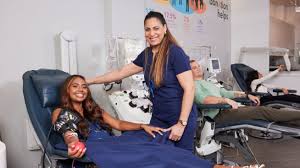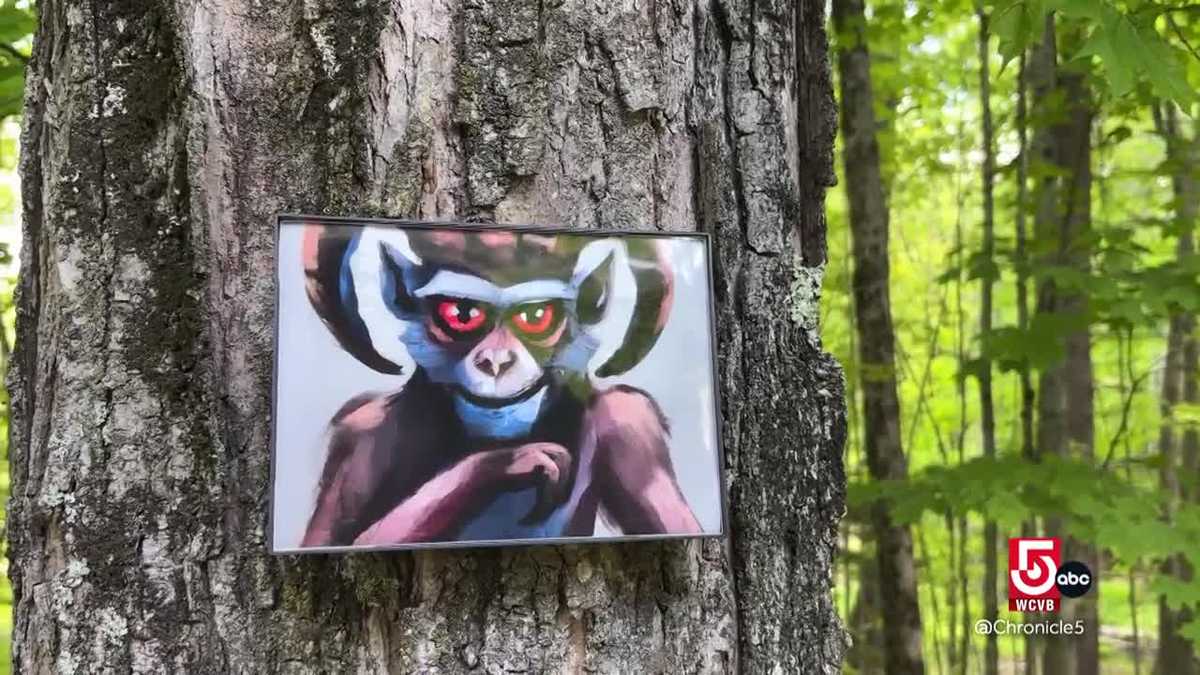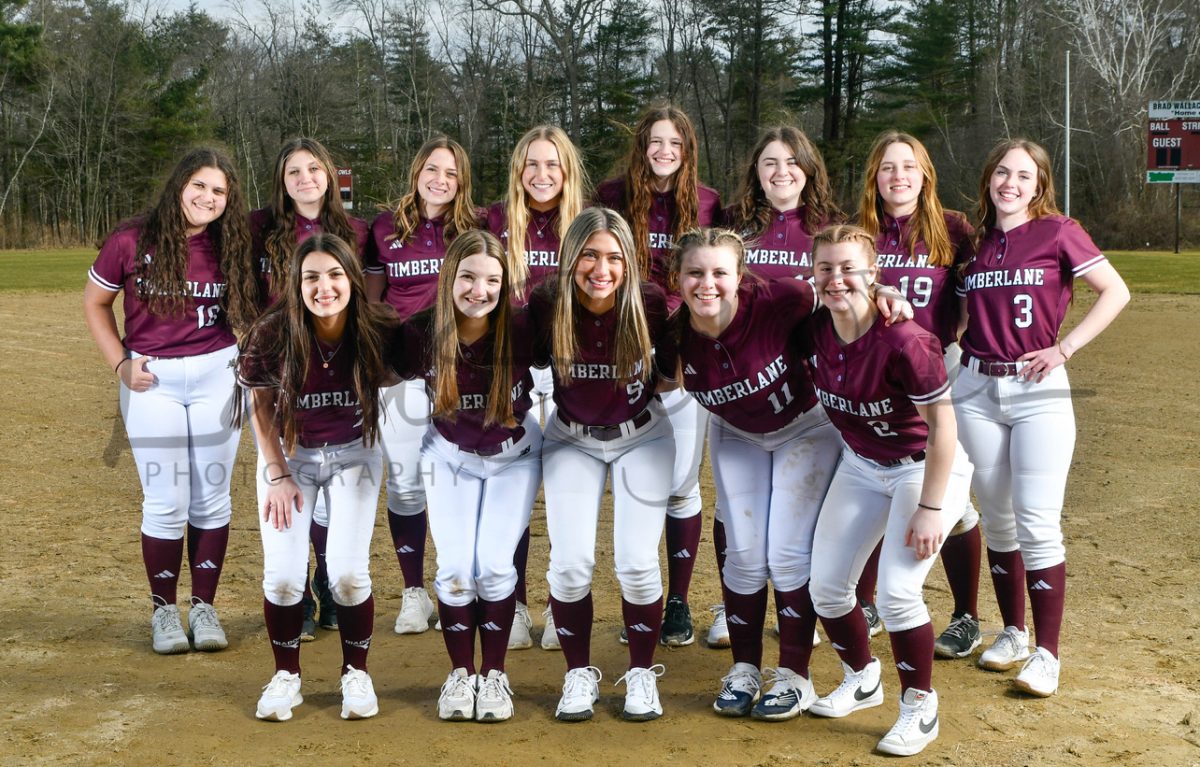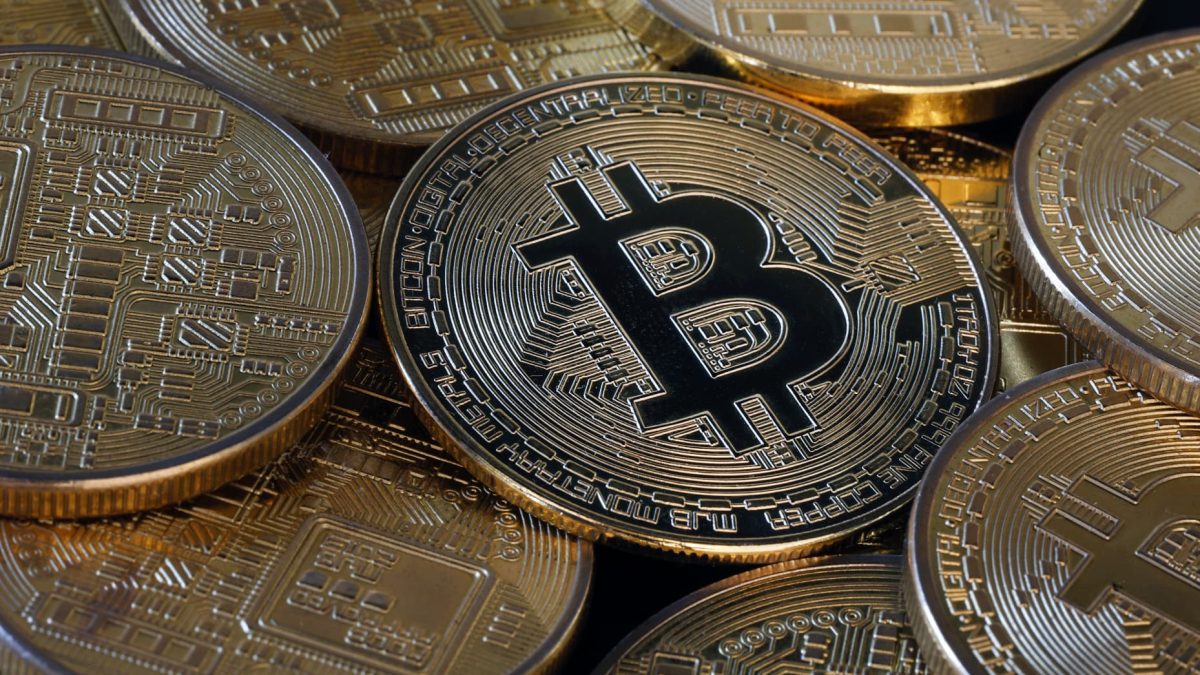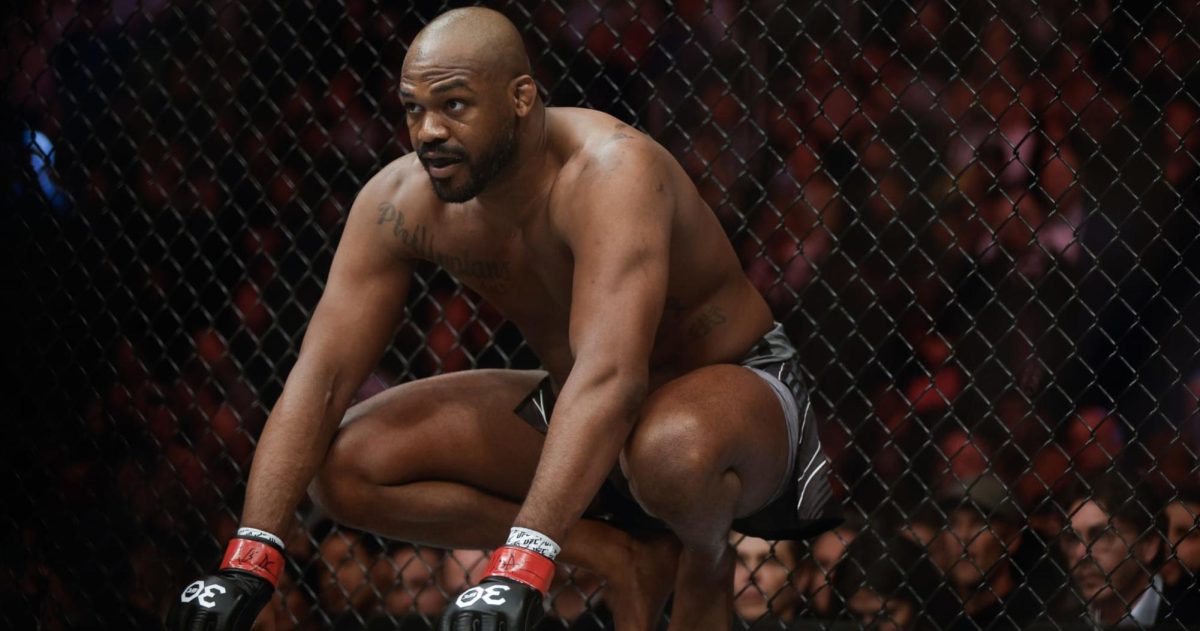They are born in captivity, deprived of the vast ocean they instinctively know as home. This is the heartbreaking reality for animals trapped at Seaworld. Things may look normal to the blind eye, but all it takes is for one person to pay a little more attention.
Behind the scenes, these massive animals are confined, having nothing better to do besides swim in anxious circles due to the shallow pools they’re stuck in, Juie Cappiello seeing it with her own eyes during her visit at Sea world in Orlando, “I saw dolphins swimming in endless, anxious circles in shallow pools, their jaws popping in aggression because they couldn’t escape the sharp teeth of their tank mates”. These Marine animals were taken at young ages and never knew the feeling of being free.
Seaworld has faced plenty of criticism regarding the treatment of marine animals, with PETA ending sea worlds awful orca breeding program. Some concerns are physical and psychological effects of marine animals being held in captivity, or the thought of trapping marine animals for entertainment. Julie Cappiello said it best in her blog An Open Letter to the People Who Still Go to SeaWorld, she writes “It was a heartbreaking spectacle of misery dressed up as family entertainment”. The limited space that is available to sea animals is highly concerning compared to their natural habitats, ranging from only 35-50 ft compared to the orcas 1,000 foot dive.Orcas are highly intelligent and social animals that enjoy roam in vast spaces. In Jennifer Kennedy’s article “Orca Dorsal Fin Collapse.” (Thought.Co) she explains how In captivity, orcas are confined to small tanks, leading to stress, aggression, and abnormal behavior. Animals in captivity often develop collapsed fins, which is extremely rare in the wild. This is caused by the lack of space to be able to swim freely.
Orcas and dolphins in captivity are forced to mate at ages much younger than they would naturally reproduce in the wild. According to PETA, early breeding is highly dangerous, while young females may not be fully developed which can lead to complications during pregnancy. Take Kalia for example, Born in 2004 she was a female orca forced to reproduce at the age of 10. Her calf, Amaya died at 6 years old. Newborn Orcas and dolphins are vulnerable to diseases at a young age and usually only live a couple months due to mistreatment. The loss of a calf is extremely traumatic for the mother. The mistreatment of animals at SeaWorld can’t be ignored. These animals deserve a life free from harm where they can thrive naturally.

